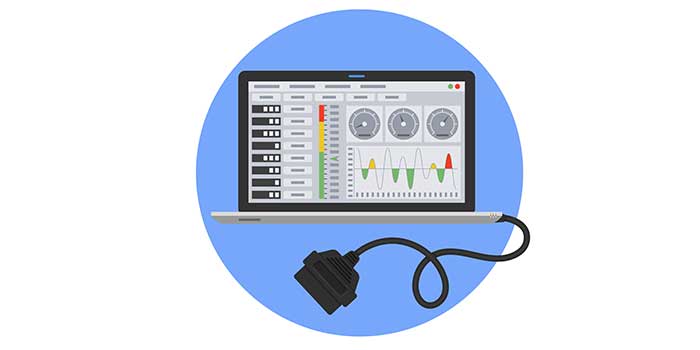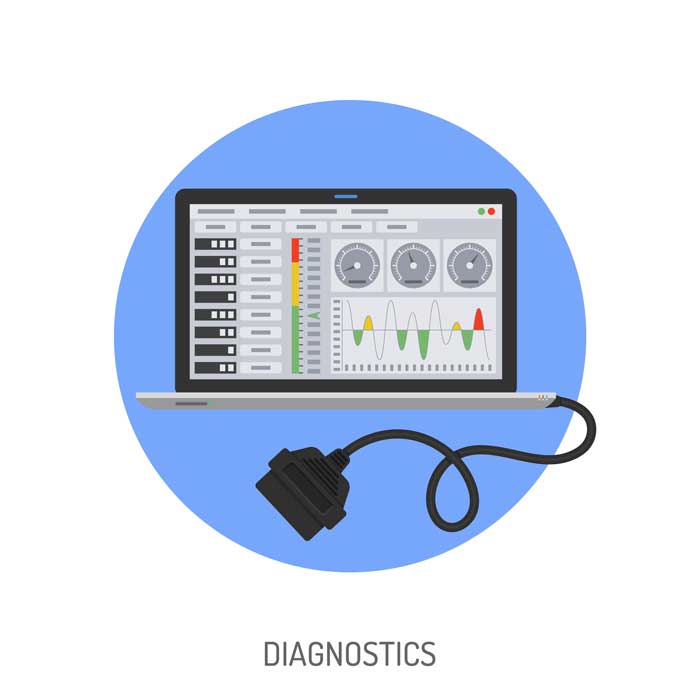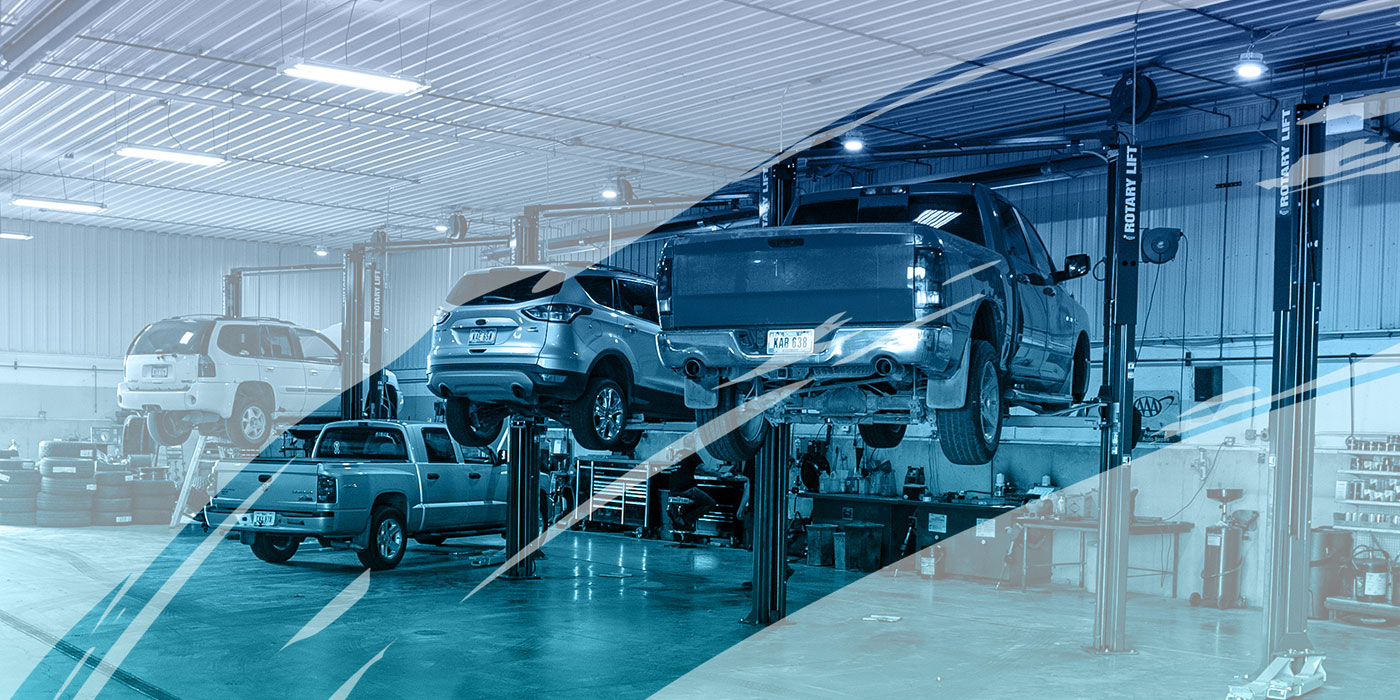According to J.D. Power, technical service bulletins (TSBs) pertaining to software issues on vehicles increased from an average of 58 per year between 2006 and 2010 to an average of 160 per year from 2011 through 2015. This nearly three-fold increase is evidence you should start investing in your J-2534 reflashing/reprogramming arsenal sooner rather than later.
Below are some of the items your shop needs to invest in to perform more reflash/reprogramming jobs.
Power Supply
Some reflash/reprogram procedures can last longer than an hour and most vehicles need to keep a constant battery voltage. If the voltage drops below a specific voltage, the procedure will be aborted.
Your current battery charger might not cut it. Some battery chargers that charge at 12 volts are designed to charge a battery and not keep a constant voltage during the procedure. Also, older chargers have a thermal switch that will turn the power off and on so the battery is not overheated.
Look for power supplies that are designed for reflashing. These typically have adjustable voltage settings and can generate up to 70 amps of power. These advanced power supplies are electronically controlled and can prevent an aborted reflash/reprogramming session.
J-2534 Connection
A J-2534 pass-thru programmer is a box and/or cable for connecting the PC or scan tool to the vehicle and communicate with the correct pins on the OBD II connection. It is an interface that acts as a gateway that translates the messages back and forth between the PC and controller into a protocol that is understood by the vehicle.
Generic reflashers, typically called J2534-1 tools, can handle reprogram/reflash procedures on most makes and models. If you want to be able to reprogram non-emission modules on a vehicle, you will have to invest in a J2534-2 programmer, which are typically make-specific.
Some solutions require the purchase of manufacturer-specific cables or VCIs. Other solutions connect to the scan tool or PC using an intelligent box that can configure the connection for the make. This can help you “future proof” your tool purchase.
Reliable Internet Connection
Reflashing is “pass thru” programming, meaning the updated code passes through the OE server to the vehicle without ever being stored on the computer or scan tool. This approach is used so the code can’t fall into the hands of competitors. You can’t download the new software and then reflash the vehicles. During the procedure, the tool has to be connected to the internet and the vehicle.
If the internet connection is spotty or you are in a bay with a sketchy Wi-Fi connection, you might have to repeat the procedure until a reliable connection is established.
Subscriptions
You will need to subscribe to the OEM’s service information website. Subscription fees vary by OEM and have several payment options. Make sure you write down the logins and passwords.
Labor
Some TSBs tell dealers to warranty or “goodwill” the reflash if the customer is outside the new car warranty, but these are the exception and not the rule. The labor time for a reflash is typically 0.3 to 1.0 hours of labor in dealership time (book time and what your shop charges should be more).
You will not be able to perform flash reprogramming straight out of the box. It takes time to set up the computer and register at the OEM websites. On a slow day, take some time to experiment on shop vehicles. Nothing is worse than having to wait for a verification email from an OEM to start up a subscription. Learn before you burn.
The writing is on the wall, reflashing is a necessary service for repairing your customers’ vehicles, and its importance is only going to increase. OEMs are issuing more TSBs that require reflashing every day. Turning away a job or not telling the customer about an updated reflash program because you can’t reflash yourself is going to hurt your business in both the short and long term.















